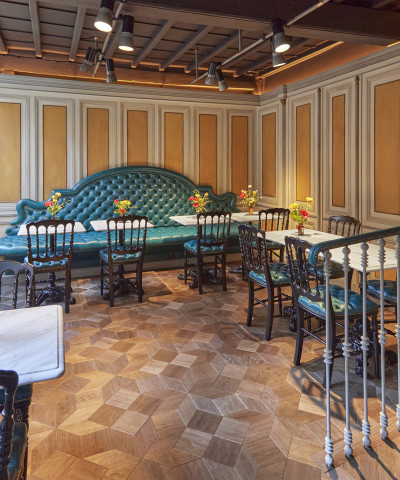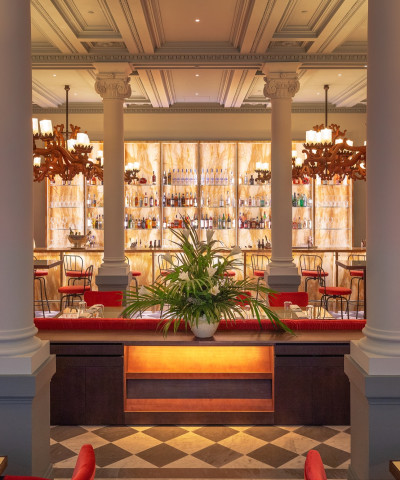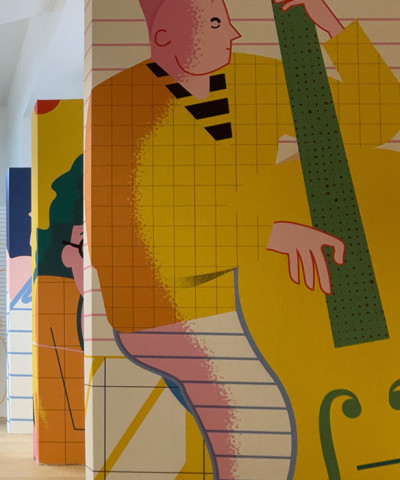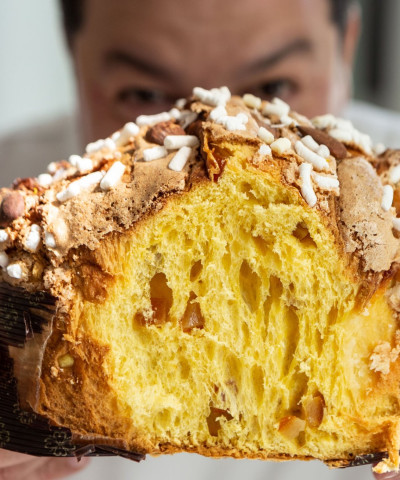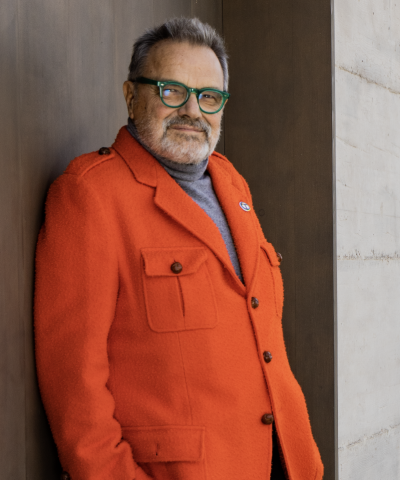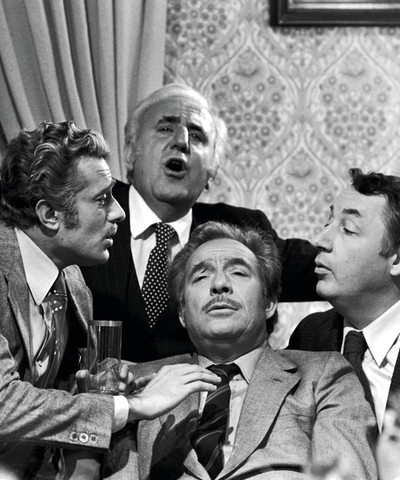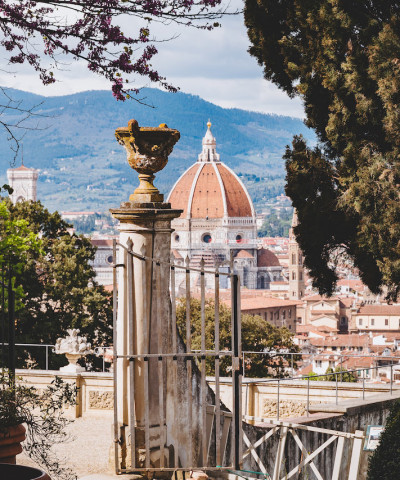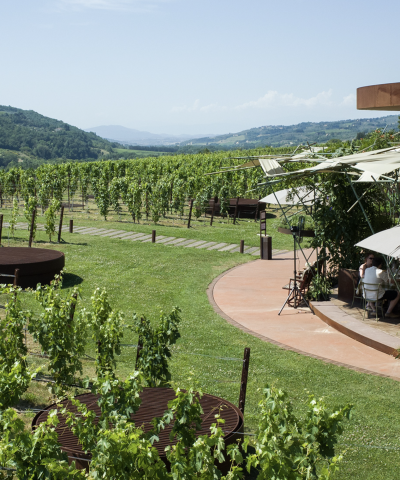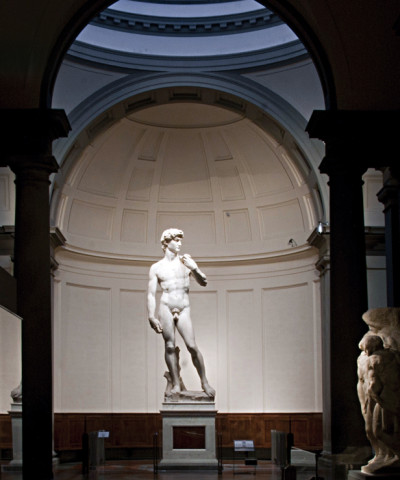Looking up
Wandering through the city, surprising things are bound to catch your eye
Florence fascinates with beauty, art and history, but wandering the streets, nose upwards, you discover unexpected curiosity: a little dog with the flock, in a panel of Giotto's Campanile, becomes the signature of its great master. Giotto, left there memory of when, little shepherd, he discovered the vocation to the art.
In the heart of the city, in front of the Bargello, the Badia Fiorentina, an ancient place of worship of the Virgin, with the hexagonal tower, destroyed in 1307 due to the refusal of the tax-paying monks, rebuilt in 1330, today becomes a call for cinephiles who, in Inferno by Dan Brown, they admired her in the dramatic episode where a mysterious character escapes the pursuers by jumping from the bell tower.
A few hundred meters away, on the 18th of Borgo Albizi, there is a curious fifteenth-century palace, the Palazzo dei Visacci. On the façade are set 15 figures of figures from the history of Florence, sculpted, in 1600, by GB Caccini, with the technique of “crushed”, which, for a game of perspective, from 40 meters high, give the idea to be watched.
"Visacci" because the Florentines did not recognize their illustrious fellow citizens in the sculptures: Dante, Petrarca, Boccaccio, Lorenzo the Magnificent.
In Piazza della Signoria there is the Loggia dei Lanzi, named after the ferocious Lanzichenecchi of Charles V who, on their way to Rome, were queuing up in what Buontalenti in 1583, transformed into a garden-hanging terrace. Among plants and flowers, the Medici cooled by listening to music and enjoying the view. Today is the Uffizi café.
A stone's throw from here, there is an elevated path over the Arno, wanted by the Grand Duke to move from the Palace to the Pitti residence. The architect, Vasari, realized it in the 5 months imposed by Cosimo I to solemnize Francesco's wedding with Joanna of Austria and amaze the guests. At the center of the Vasari Corridor, there are windows with an enchanting view of the river. The butchers' and vegetable shops of the ancient bridge were replaced by goldsmiths and silversmiths to avoid bad smells and little noble visions to those who crossed this place. Right on the Ponte Vecchio, one of the symbols of the city, stands on the roof of a shop, a crescent-shaped object, on a column. It is the sundial, solar clock, memory of the flood of 4 November 1333. All the bridges were swept away by the waters, except this one. The ancient instrument still measures time, sun, days of Florence.
At number 25 of Via Maggio, Oltrarno, there is the house of Bianca Cappello, a Venetian who charmed the unfaithful Francesco I de 'Medici. To stay close to her he built, a few steps from Palazzo Pitti, this building, nest of a scandalous love that, neither the death of his wife nor his marriage, made the family accept. Story ended perhaps, with poison for the two.
The facade of the building is adorned with white grotesques, depicting rams, great male and female figures, by G.Boccetti, with the graffiti technique, which brings out the underlying white outlining the decor. Bianca did not enjoy this wonder, because she became a Duchess, she gave the building to the hospital of Santa Maria Nuova.
Walking along Via Maggio, the S. Trinita bridge takes us to the square of the same name where there is the Column of Justice, the highest, most beautiful in Florence. Gift of Pius IV to Cosimo I, is a rare archaeological find of the Baths of Caracalla. Granite monolith of 50 tons and 11.17 meters. He arrived in Florence on September 23, 1563, after an adventurous journey of about 1 year. At the top is the statue of Justice of red porphyry, which celebrates the victorious battle of Marciano on the Sienese.
Another extraordinary place is Orsanmichele, an ancient loggia of the grain market which, even as a church, retained the vocation of protecting arts and crafts. Here, outside, in the tabernacles dedicated to the patron saints of each profession, the greatest sculptors of the time: Ghiberti, Brunelleschi, Verrocchio, Luca della Robbia, left their art and Renaissance signature.










